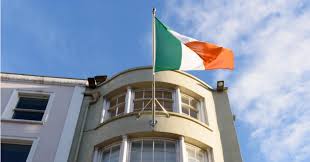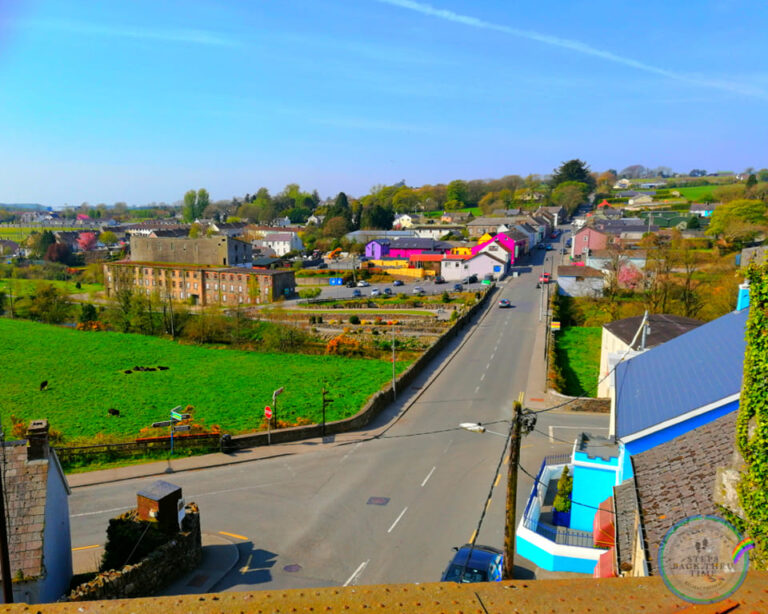Thomas Francis Meagher and the Irish flag
The Irish flag, with its iconic tricolour design of green, white, and orange, is a powerful emblem of Ireland’s history, struggles, and aspirations. At the heart of its creation stands Thomas Francis Meagher, a visionary leader and Irish revolutionary. Born in 1823, Meagher played a pivotal role in the fight for Irish independence and is credited with designing the flag that now represents the nation.
Meagher’s inspiration for the tricolour flag came from his deep commitment to the idea of unity among the Irish people. He saw green as representing the Irish Catholics, orange symbolizing the Irish Protestants, and white standing for the hope of peace between the two communities. Meagher’s vision was a symbol of inclusivity and harmony, aimed at transcending the religious and political divides that had plagued Ireland for centuries.
In 1848, during the Young Irelander Rebellion, Meagher proudly unveiled the Irish tricolour for the first time in Waterford. Although the rebellion ultimately failed, the flag endured as a symbol of Irish nationalism. Today, the tricolor flag is flown proudly not only in Ireland but also by Irish communities worldwide, serving as a reminder of the ongoing struggle for peace, unity, and independence.
In conclusion, Thomas Francis Meagher’s creation of the Irish tricolour flag is a testament to his unwavering dedication to the cause of Irish freedom and reconciliation. The flag’s enduring significance lies not only in its striking design but also in the ideals of unity and hope it represents. As we continue to celebrate and honor the legacy of Thomas Francis Meagher, we are reminded that the Irish flag serves as a beacon of inspiration and a symbol of the enduring spirit of the Irish people.
The tricolour flag was flown for the first time on 7th March, 1848 from 33 The Mall in Irelands oldest city of Waterford where it is proudly flown since then.









